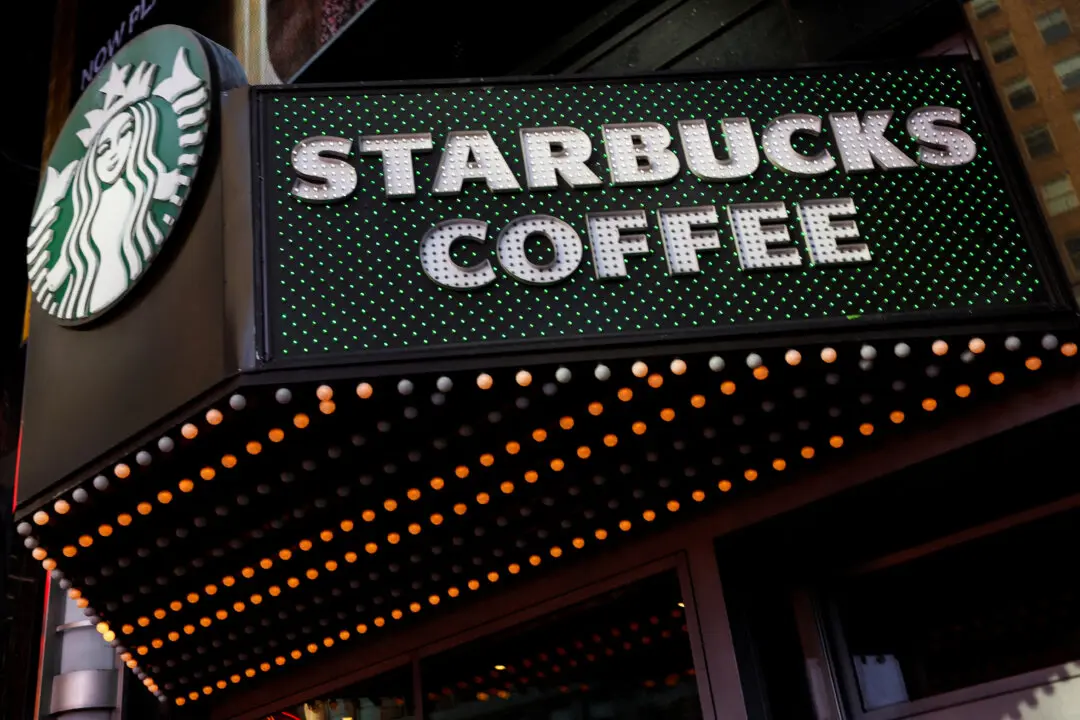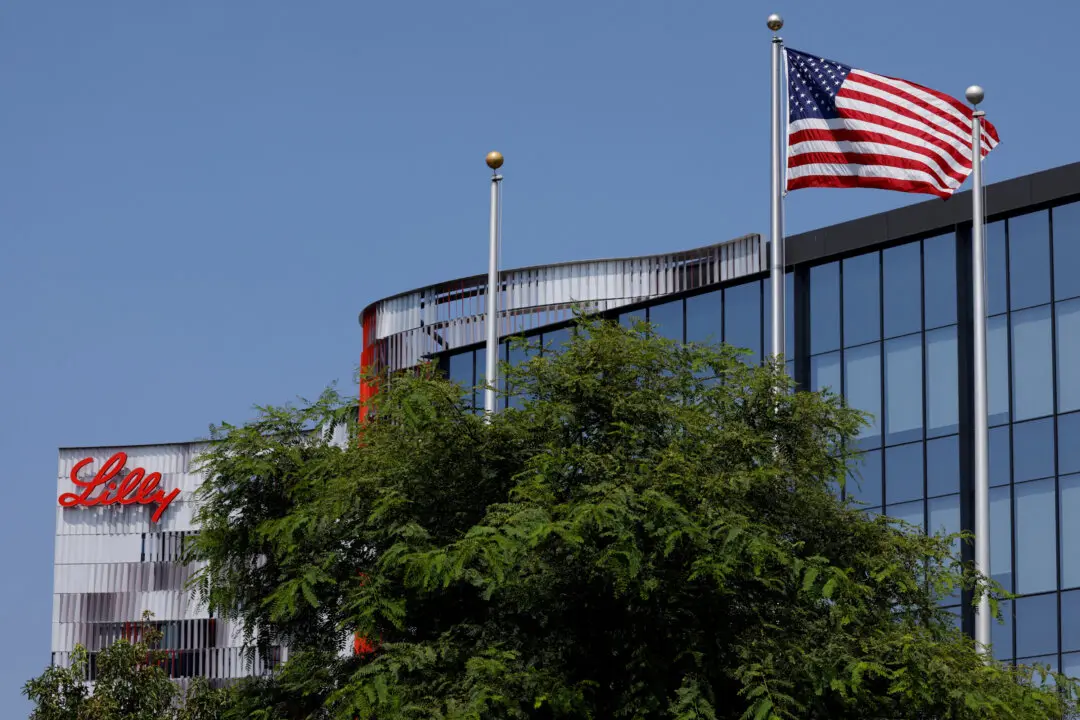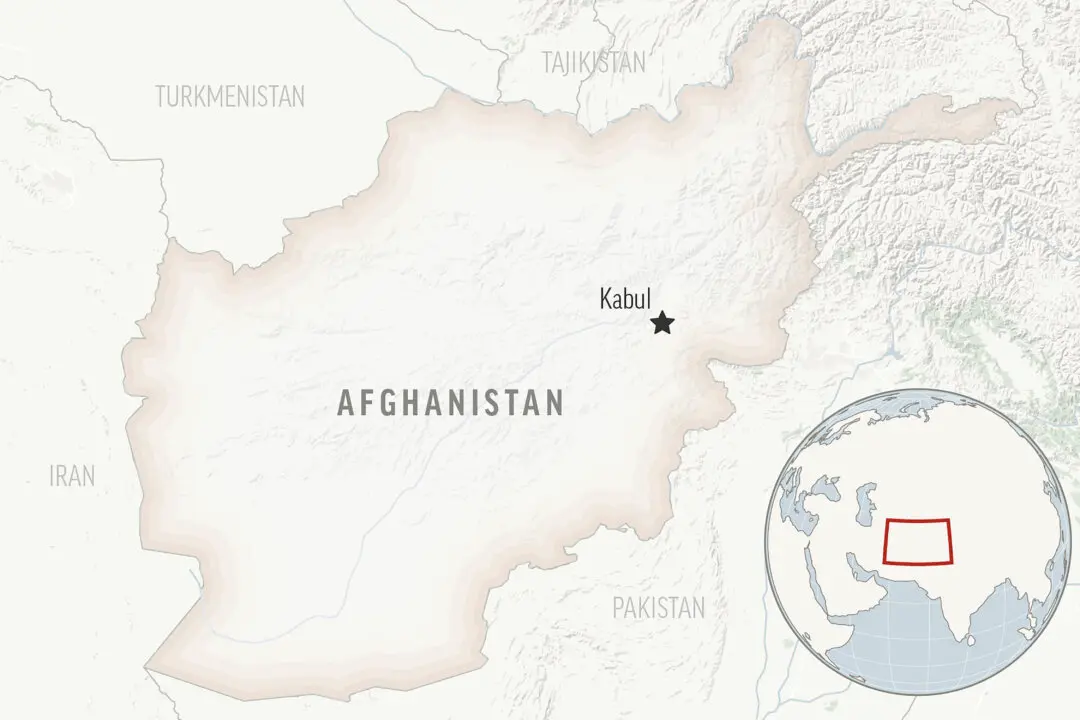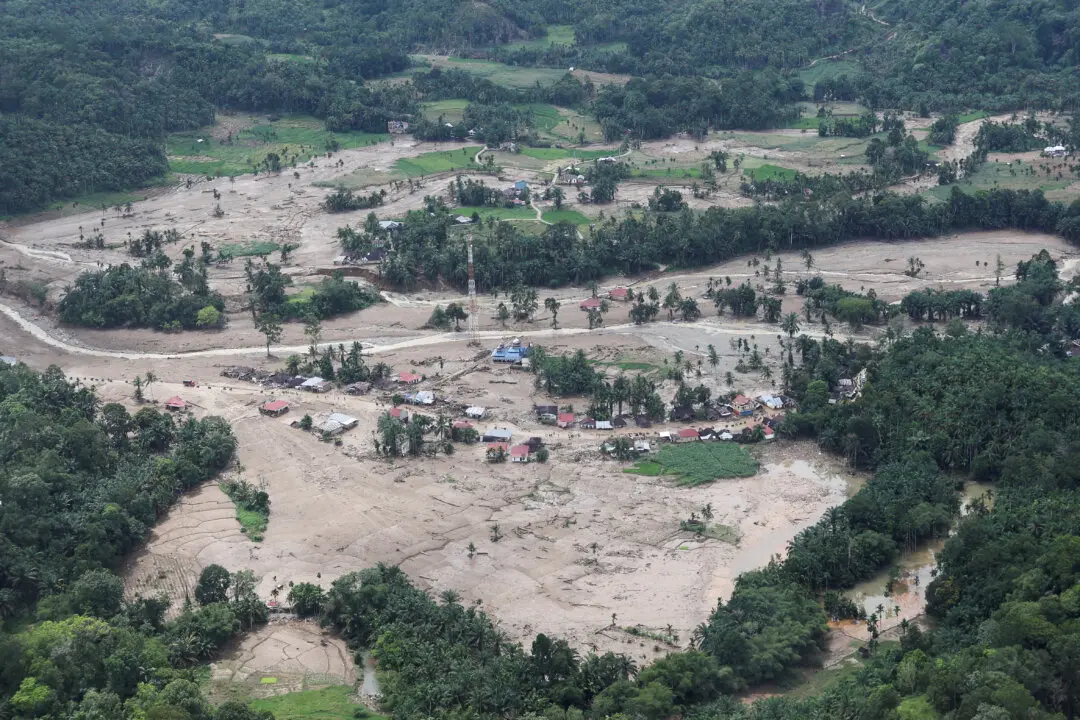The man suspected of setting off smoke bombs and spraying gunfire inside a New York City subway car, injuring 23 people, was arrested on Wednesday on a federal charge of violently attacking a mass transportation system, capping an around-the-clock manhunt.
Frank Robert James, 62, was taken into custody in lower Manhattan, about 8 miles from the scene of Tuesday’s assault, after authorities determined his whereabouts with the help of tips from residents, some of whom posted sightings on social media, police said.





